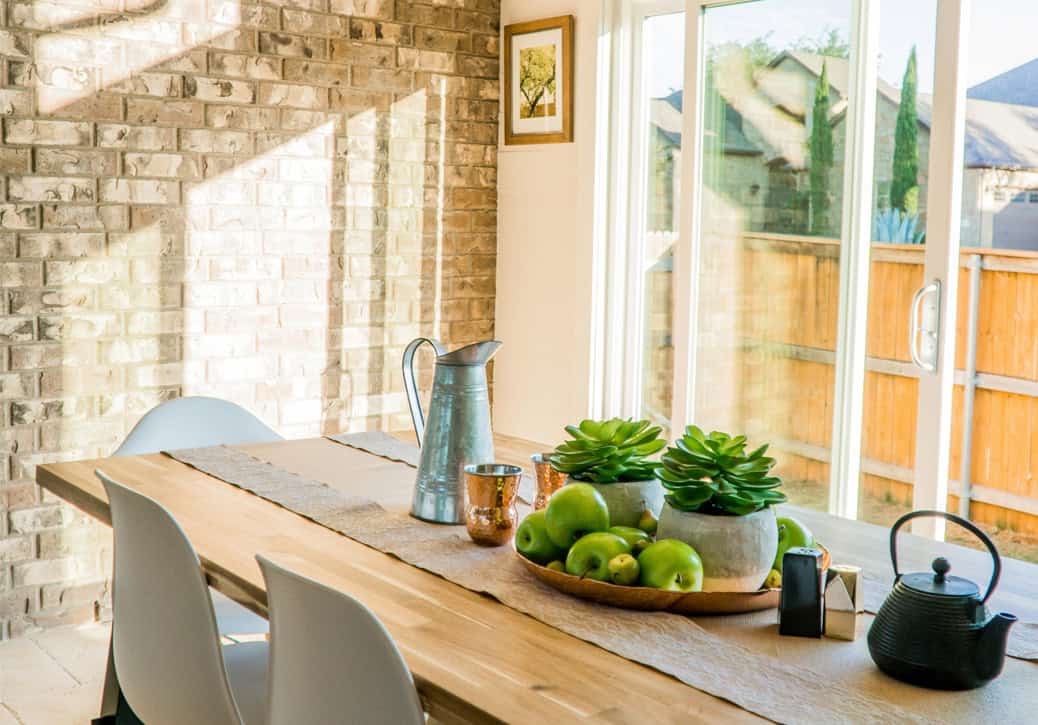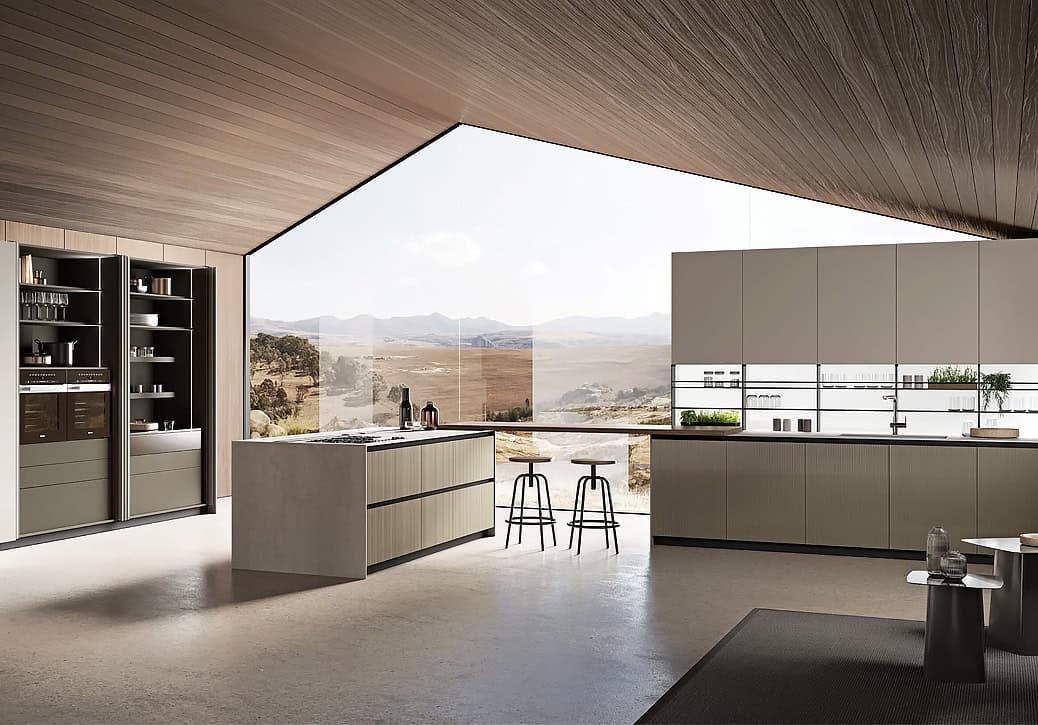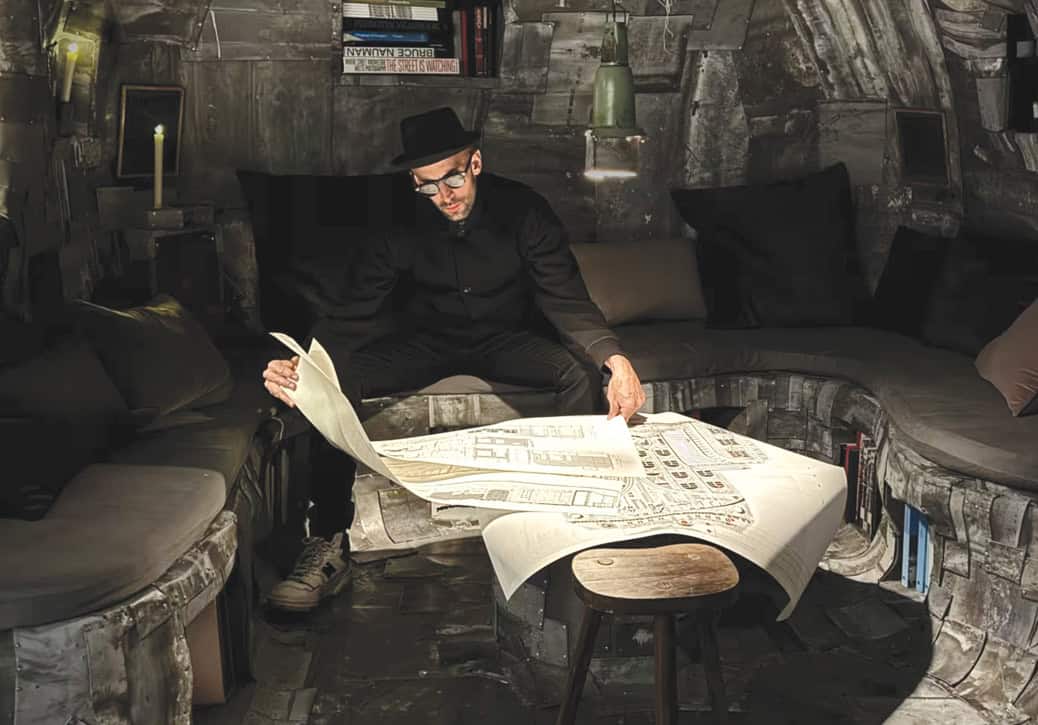From traditional street food to the UNESCO Global Geopark, the city is full of surprises.
By Helmut Dostal
1. Mott 32
Allegedly named after 32nd Mott Street, the first Chinese convenience store in New York, expect a fresh take on traditional Chinese dishes. Located in the historic financial district, the restaurant’s award-winning industrial-chic interior is matched by the artful presentation of its dishes, particularly the dim sum. Hoping to try the signature applewood-smoked Peking duck? Plan ahead: The restaurant requires that you order this succulent dish a day in advance. Also try Mott’s VIP entry and exit service, through the bank district’s underground parking lot—maximum privacy for guests who prefer to stay under the radar.
2. Qi Nine Dragons Restaurant
This revered 20,000 square foot restaurant boasts floor-to-ceiling windows and a rooftop terrace, both of which present spectacular views of the skyline. Qi Nine’s set lunches begin at $140 for two courses, and an a la carte dinner menu, which allows for Sichuan-style cuisine, is available on the terrace. The restaurant also offers a private dining room for guests coming with a group.
 3. UNESCO Global Geopark
3. UNESCO Global Geopark
Travel by boat to Hong Kong’s UNESCO Global Geopark, the country’s capital coastal treasure. Though Hong Kong is a bustling commercial city, it’s nice to discover that the surrounding areas are as tranquil and beautiful as they are geologically rare. Punctuated by volcanic islands and 140-million-year-old hexagonal columns, the waterfront has been whittled away by wind and sea. Most impressive: the 30– and 45-metre-high arches at Wang Chau and at Basalt Island, respectively.
4. Man Mo Temple
Built in 1847, Man Mo Temple in the old town is the largest in Hong Kong. It pays tribute to the gods of literature and war. The surface of the building is splendidly adorned by granite and wood carvings, and stepping inside feels like travelling back in time.
5. Sky Terrace 428
The best place to enjoy a superb view of the Hong Kong skyline is from Sky Terrace 428—a viewing platform 428 metres above sea level accessible by the Peak Tram, a historic funicular railway. The highest point on Hong Kong Island, this area has been one of the city’s most exclusive neighbourhoods since the pre-air-conditioning era, when the cooler temperatures and breathtaking panoramas attracted the rich and famous. The peak is topped by shops, elegant cafes and restaurants offering fine dining—a worthwhile trip, especially if taken at sunset.
6. Graffiti
Though street art is technically illegal in Hong Kong, the downtown streets are saturated with it. The creations of Chinese contemporary artist and activist Ai WeiWei might have some newfound competition: The street-art scene has flourished here in recent years, particularly after HKwalls, a street art festival, founded in 2013. With the permission of the building owners, Chinese students and activists can leave their mark on the many concrete surfaces. Examples of these art installations can be seen particularly in the Sheung Wan and Sai Ying Pun neighbourhoods, which are famous for their unique art scenes and nightlife.
Planning a trip to Hong Kong? Visit discoverhongkong.com













